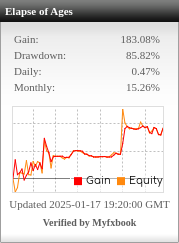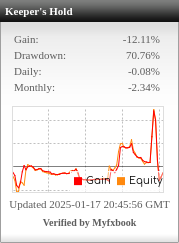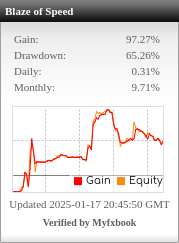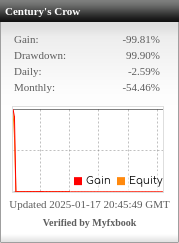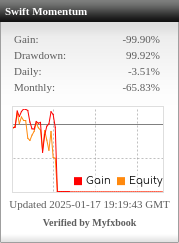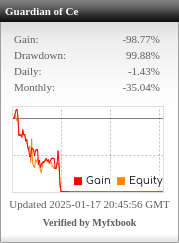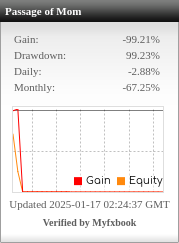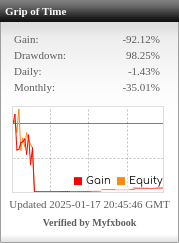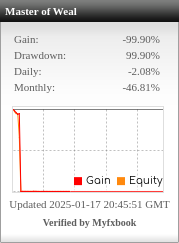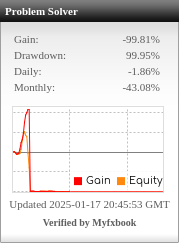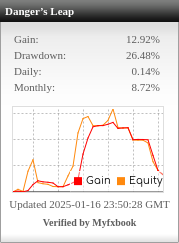Table of Contents
-
Topic-Based Filter:
- Sort by the best IS (Importance Score) in a specific topic first, followed by sorting by the best OOs (Out-of-Sample performance) within that same topic.
- This approach ensures that you focus on strategies that are not only well-ranked within the same criteria but also relevant to a specific trading theme or topic. It can help you build a coherent portfolio centered on a particular strategy style or market condition.
-
Mixed Criteria Filter:
- Filter by the best Stability IS, followed by the second-best Profit Factor or CAGR/Max DD% that may not necessarily relate to the initial Stability topic.
- This approach allows for more diversification in your selection process, potentially leading to a more balanced portfolio. It could help in identifying strategies that excel in different areas, even if they are not directly related.
Recommendation:
-
If your goal is to create a focused portfolio centered on a specific trading philosophy or market condition, the first method (topic-based filter) is likely more effective.
-
If you aim to have a diverse portfolio with strategies excelling in various performance metrics, the second method (mixed criteria filter) would be beneficial.
Consider your overall strategy and objectives when deciding which filtering method to apply…
If you’re opting for the Mixed Criteria Filter with one selection for each filter, you can prioritize the metrics based on what is most critical for your trading strategy. Here’s a suggested approach:
- First Filter (IS): Choose the metric that aligns best with your trading goals and risk tolerance. Here are a few options:
- Sharpe Ratio: This is a solid choice if you want to focus on risk-adjusted returns. A higher Sharpe Ratio indicates better returns for the level of risk taken.
- CAGR/Max DD%: If you’re particularly concerned about long-term growth relative to drawdown, this metric provides insight into the strategy’s growth potential while considering drawdown risk.
- Profit Factor: This metric helps to assess how much profit a strategy makes compared to its losses. It’s useful if you want to ensure the strategy is consistently profitable.
Recommended Choice: Sharpe Ratio – It gives a comprehensive view of risk-adjusted performance, which is crucial for evaluating trading strategies.
- Second Filter (OOS): This filter will provide insights into the strategy’s out-of-sample performance. Choose the metric that best reflects your priorities for OOS evaluation:
- Net Profit: This is straightforward and gives a clear view of overall profitability.
- Consecutive Win/Loss: If you’re focused on stability and consistency, this metric can highlight how often the strategy wins or loses in succession, which might be important for managing psychological aspects of trading.
Recommended Choice: Net Profit – It provides a clear indicator of how well the strategy performs in real-world conditions beyond backtesting.
Summary of Selections:
- First Filter (IS): Sharpe Ratio
- Second Filter (OOS): Net Profit
This combination should help you identify robust strategies that are not only effective in backtesting but also demonstrate solid performance in out-of-sample evaluations.


